The artist Ian Hamilton Finlay created a garden in the hills near Biggar that he called Little Sparta in response to the characterization of Edinburgh as the Athens of the north. On Friday 17 and Saturday 18 June 2022 Little Sparta was the venue for a BioBlitz event that saw naturalists and the public come together to record nature over two days as part of the public engagement activity of the Darwin Tree of Life project. Little Sparta was a particularly interesting place to hold a BioBlitz because the creation of the garden has transformed the ecology of the site over the last 50 years and, in addition, relatively little biological recording has been carried out there.
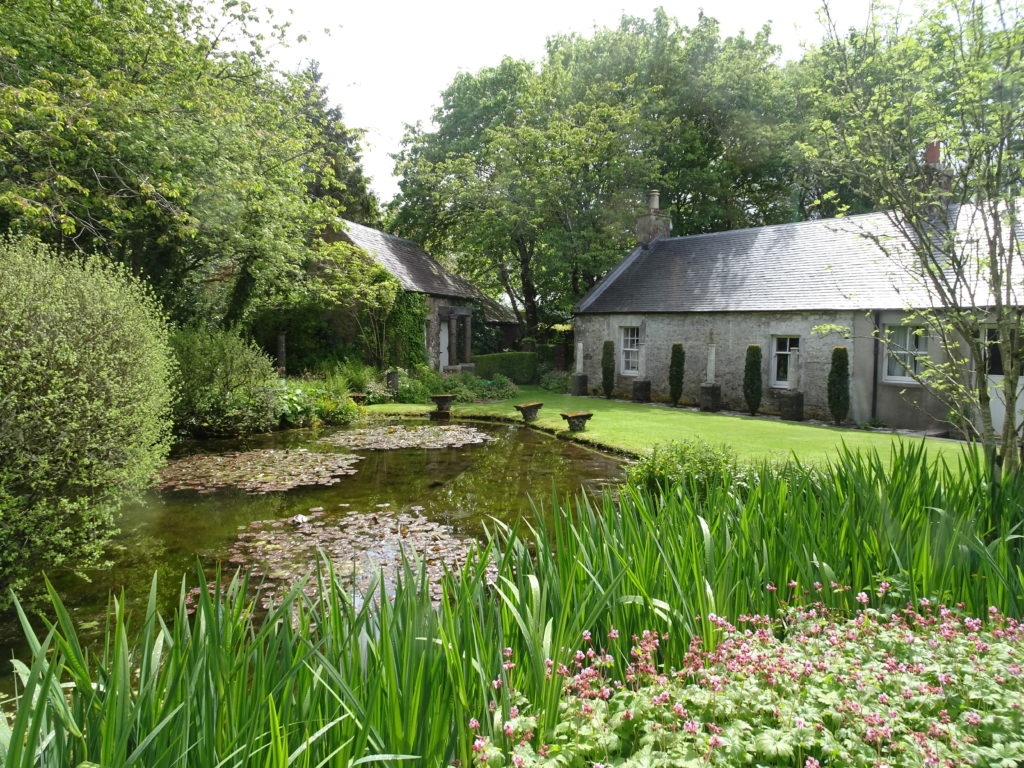
A more detailed account of the findings will be published in this blog shortly. This post aims to give some initial results. Speedy reporting has been made possible by the use of the iNaturalist app for mobile devices. The app is designed to enable beginners to contribute useful biological records. Each record is built around an image that acts as photographic evidence, allowing the community of other users to agree with or suggest identifications.
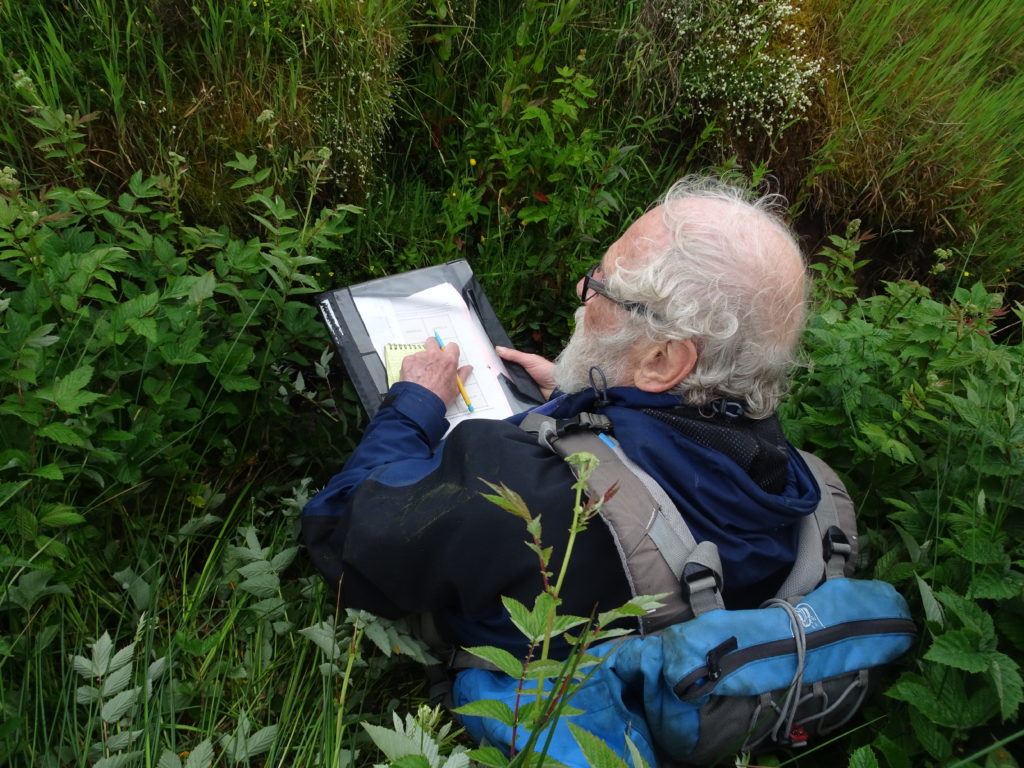
We found that for most people the app was easy to use and gave them a way to engage with an activity that has generally been the preserve of the experienced naturalist. The main issue we had to resolve was that naturalists have their own ways keeping records that have been worked out by years of experience and their workflow to provide records to specific biological recording schemes. We solved this by teaming a naturalist up with a helper who could use the app.
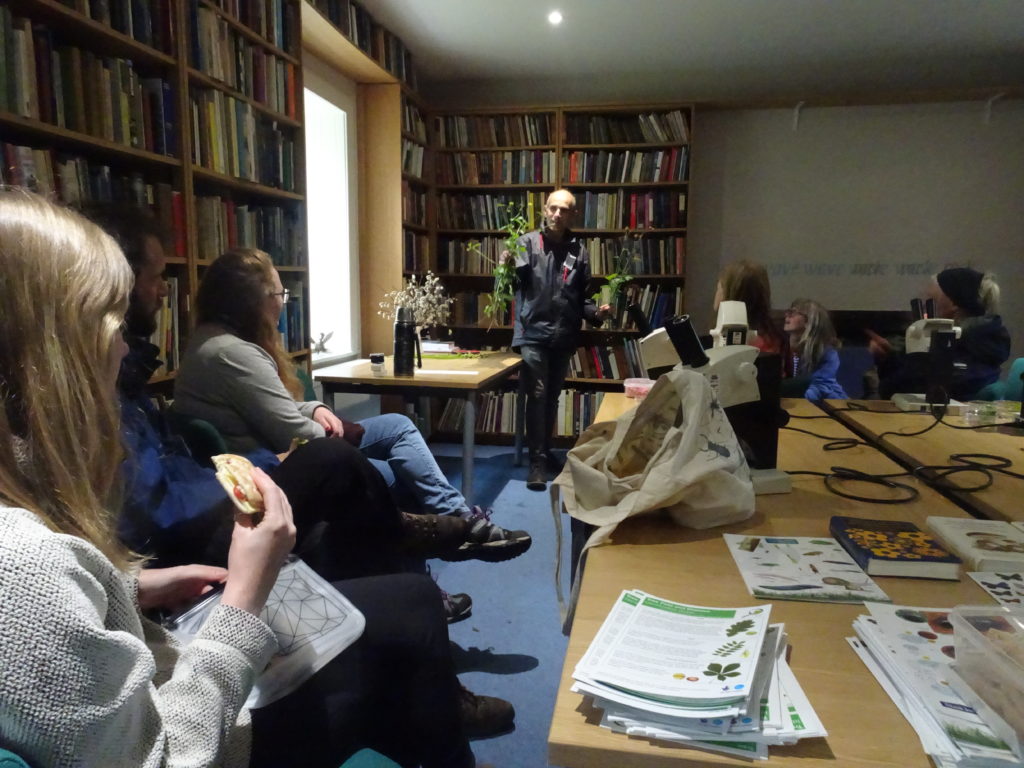
One of the positive outcomes of using the app is that a community of people who are not present on site during the event can engage by contributing to the identification process. All records, even those made by an expert, require a second person to agree before they become ‘Research Grade’. At that point they can flow into the national biological records held online at the National Biodiversity Network. At the time of writing around 40 people had helped with identifications via the app.
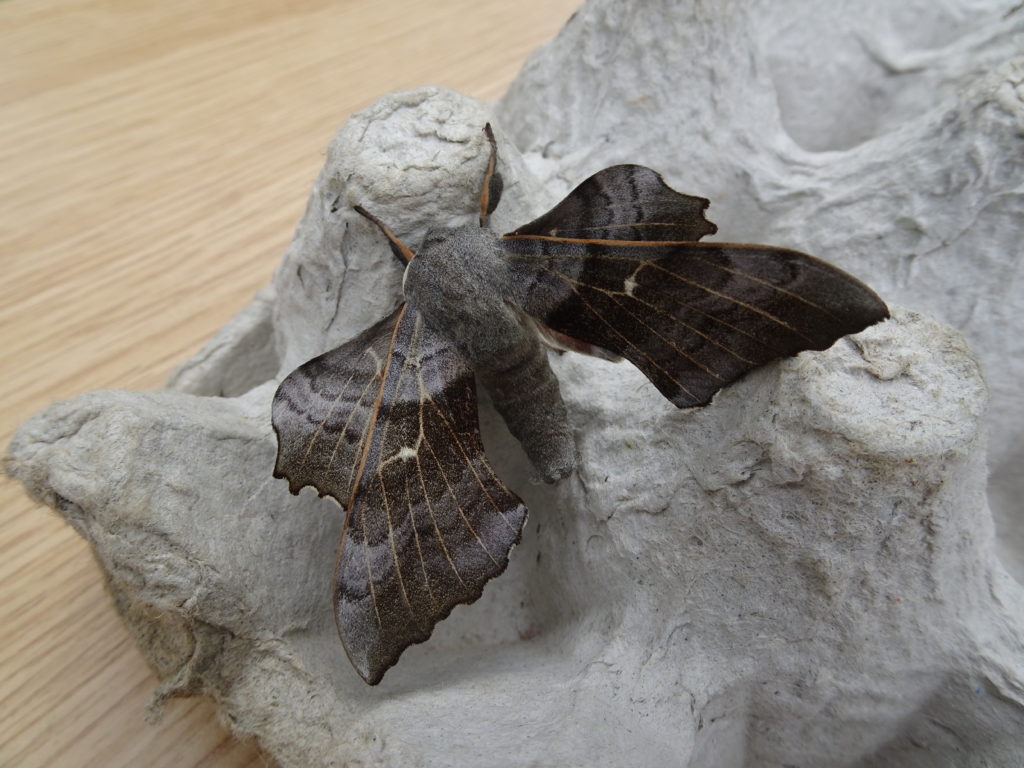
Preliminary results:
Observations (records) 337
Species 215
Observers (recorders) 18
Identifiers 40
Of the 215 species recorded the breakdown among taxonomic groups is as follows:
Birds 18
Amphibians 1
Insects 84
Plants 105
Fungi 7
The species numbers will rise over coming days as some of the records made were not input to the app and a grand total will be calculated by aggregation of online and paper records.
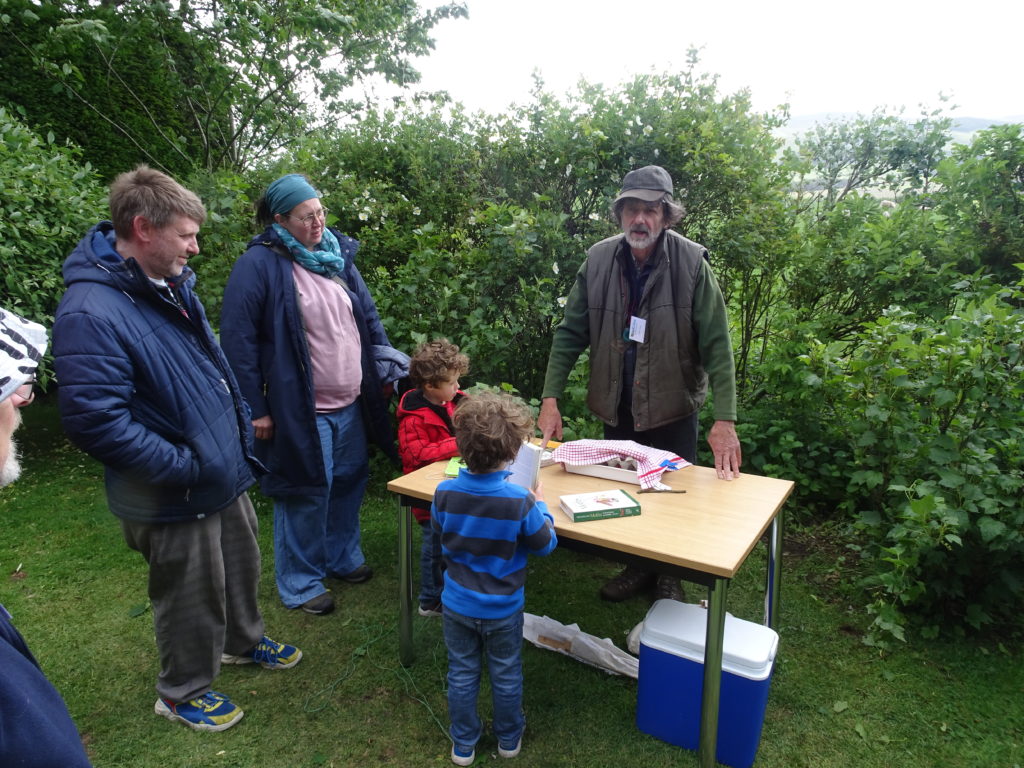
The standout groups of organisms that showed unexpectedly high diversity were bryophytes (mosses and liverworts) with 74 species and moths with a likely total above 60 species. Both groups are potentially good colonists that could find suitable new habitat relatively quickly. Moths obviously have the advantage of flight, but bryophytes are also highly mobile as they spread via microscopic spores that can blow over long distances.

